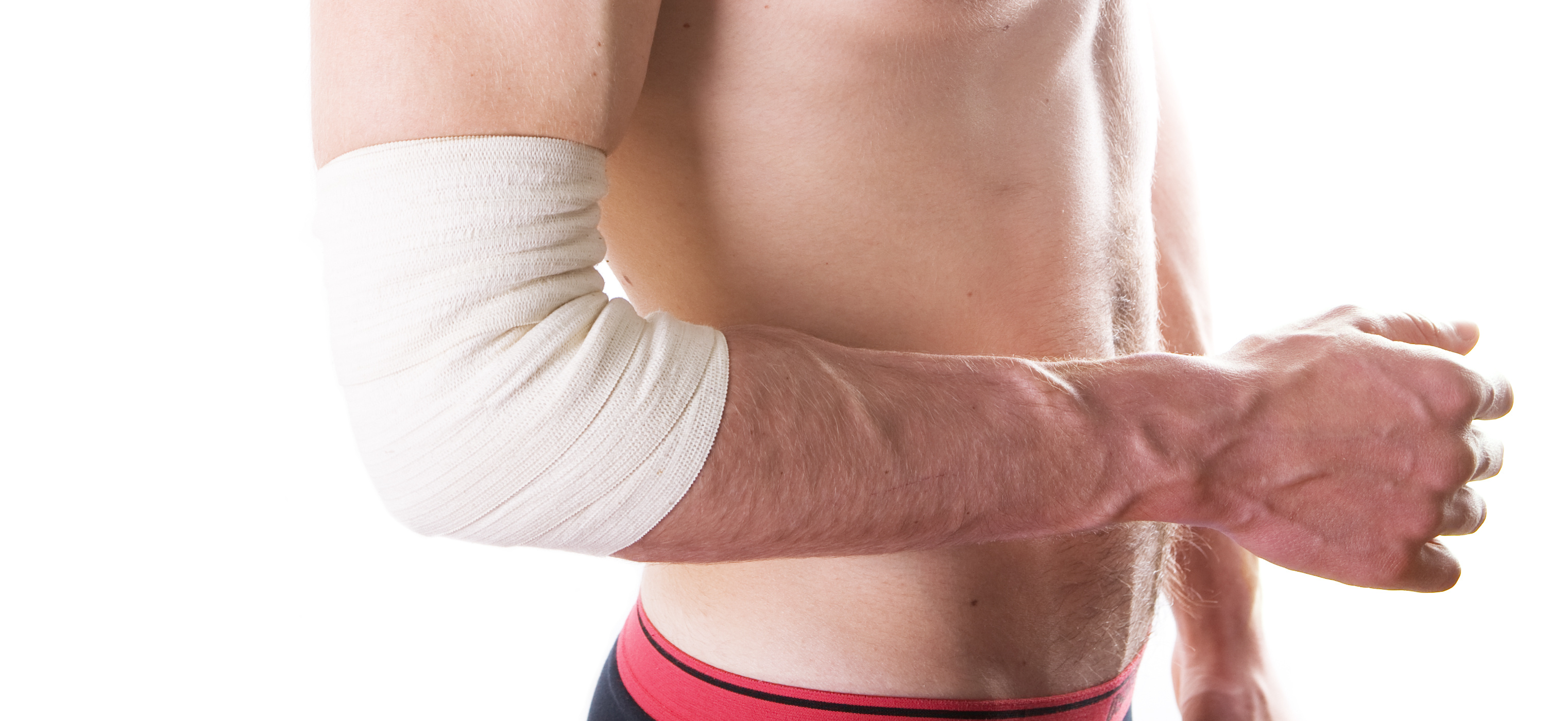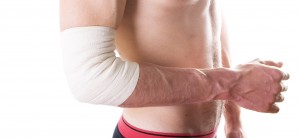How Can I Help My Elbow Pain?
Pain in your elbow can affect the whole functionality of your arm.
It can make sleeping difficult, getting on with daily tasks difficult and in many cases it can be treated and cured or if not, made more manageable. Elbow pain can be indicative of other condition so it is definitely worth getting your pain checked out.
What causes elbow pain?
In most cases elbow pain is simply caused by a knock or a strain and clears up in a short number of days. If this isn’t the case for you then you may need to consider seeing your doctor especially if movement is difficult in your elbow.
Long-term elbow pain can be caused by arthritis, both osteoarthritis and rheumatoid arthritis. Elbow stiffness can be a symptom of both these conditions but can also be caused by fractures in the area, inflammation of the joint, a malformation of the bone or issues with the soft tissues around your elbow, which can occur after an injury. Another well-known and painful elbow problem is tennis elbow.
Doctors will examine you fully to ensure your elbow pain can be accurately diagnosed.
How is elbow pain diagnosed?
Most elbow pain can be diagnosed after a physical examination by your GP but where this isn’t the case you may need further tests. These tests usually include x-ray to rule out any issues with your bone and very occasionally you may also be referred for MRI and ultrasound scanning, just to rule out or confirm a specific diagnosis.
How can my elbow pain be treated?
Simple self-help methods could really help alleviate your elbow pain. Taking over the counter painkillers such as NSAIDs often helps and carrying out simple exercises should improve muscle strength and reduce pain but if more help is needed consider the following treatments, mostly available through your doctor.
Physiotherapy
You may be referred to a physiotherapist who can help rebuild the strength in your elbow and therefore give your muscles the power they need to combat an issue reoccurring. Physiotherapists even use acupuncture in some cases for elbow cases. Your physiotherapist will also recommend you carry out exercises from home.
Steroid Injections
Severe pain which isn’t improving over time may result in a doctor referring you for steroid injections. They work quickly and effectively and have very few side effects and if you have rheumatoid arthritis you may regularly have injections into the joint as part of your treatment.
PRP Injections
A relatively new treatment, PRP stands for platelet-rich plasma and is used to treat tennis elbow. IT involves taking a blood sample from the patient and then treating it to increase the platelet numbers before re-injecting into the painful area, stimulating natural healing of the nearby tissue. Research shows PRP can be more effective than steroid treatments.
Surgery
With the above treatments already attempted or with evidence found in testing of abnormalities, surgery becomes an option to treat elbow pain. Surgery may ease the symptoms and may allow your specialist to manipulate your elbow bones or help ease the pressure in the area, for a pain-free or at least less painful future.
Need help regarding your elbow pain?
To discuss any elbow problems you have please contact Dr Stephanie Barrett.




